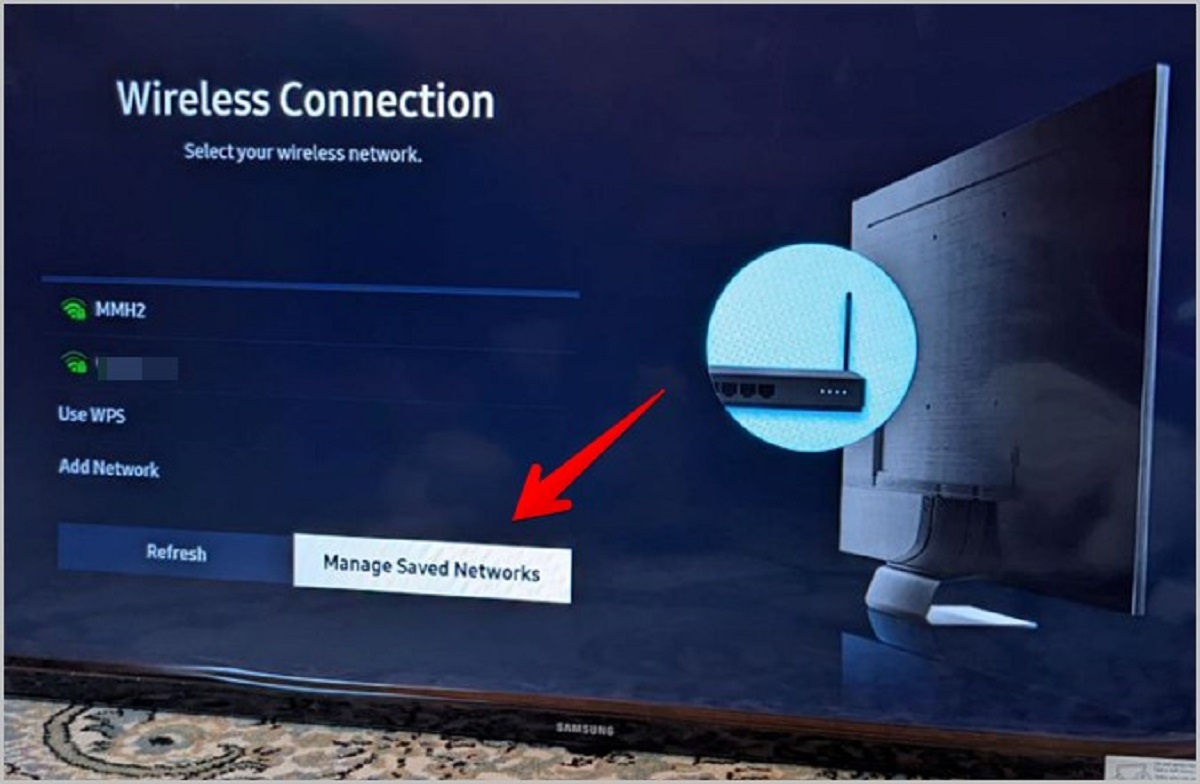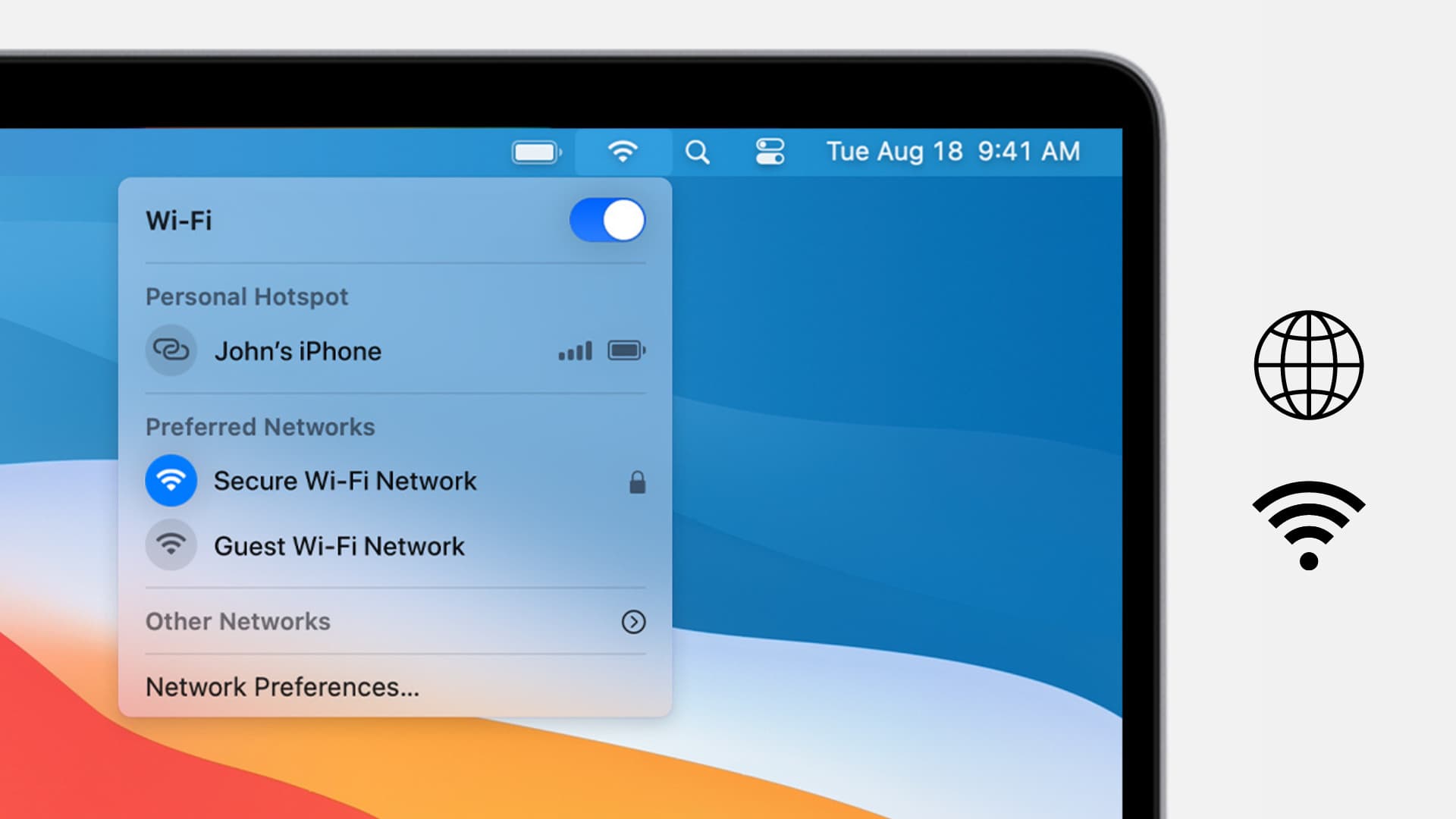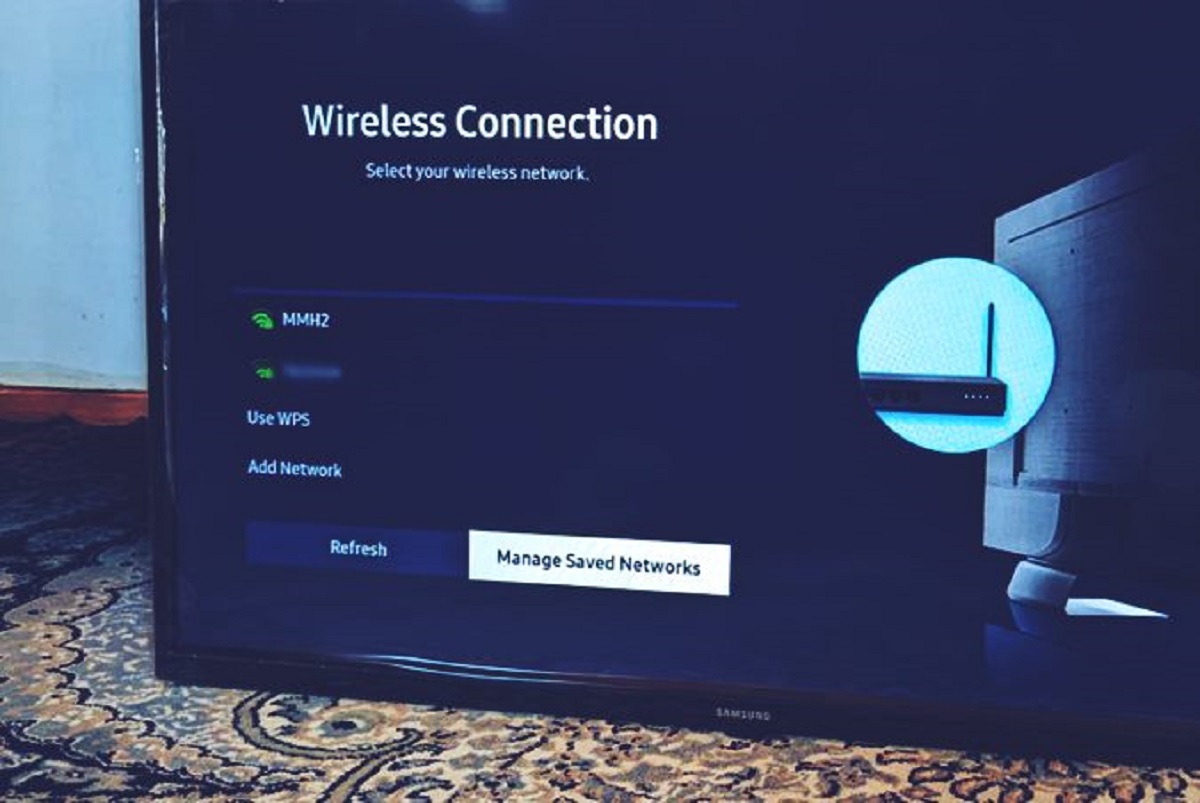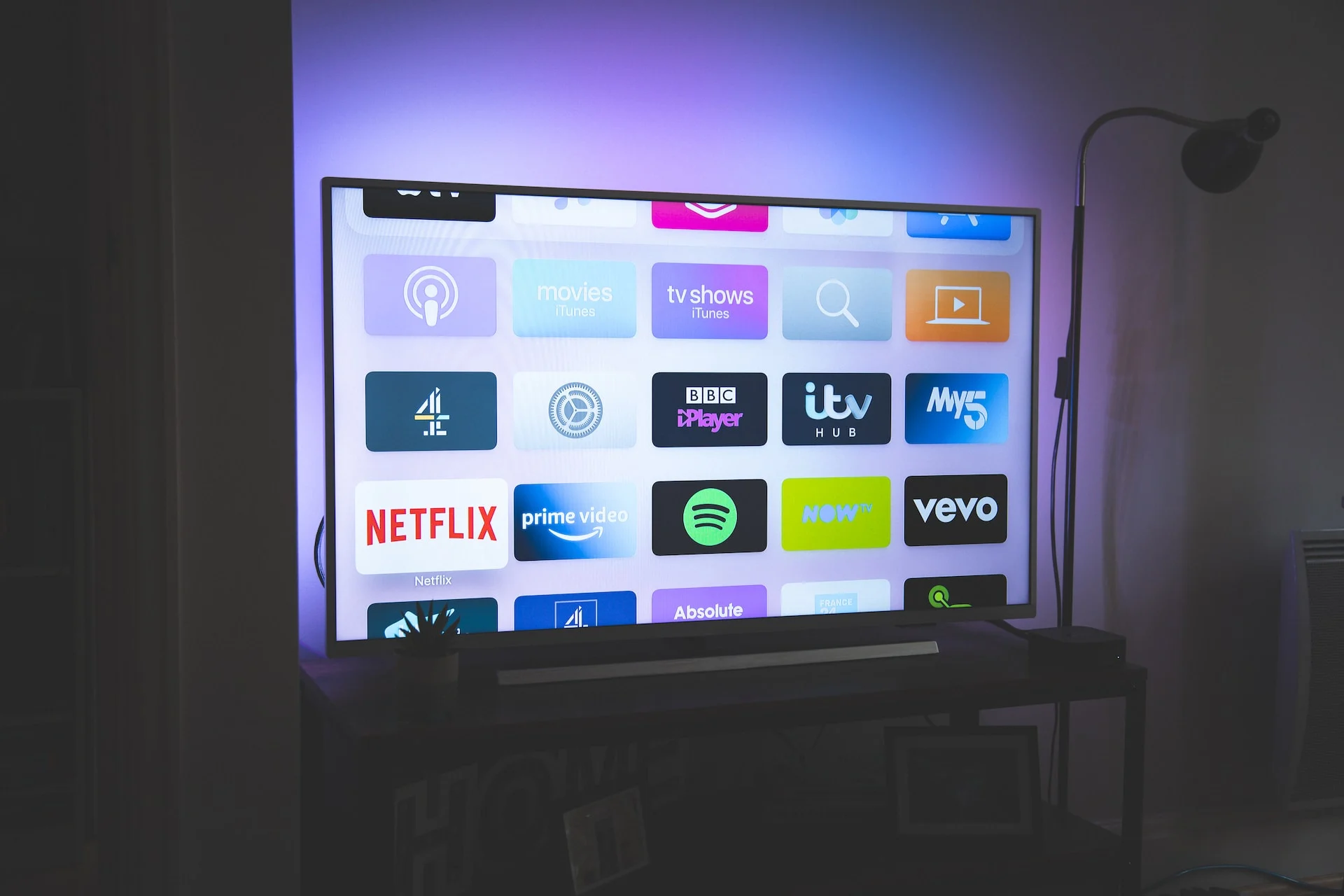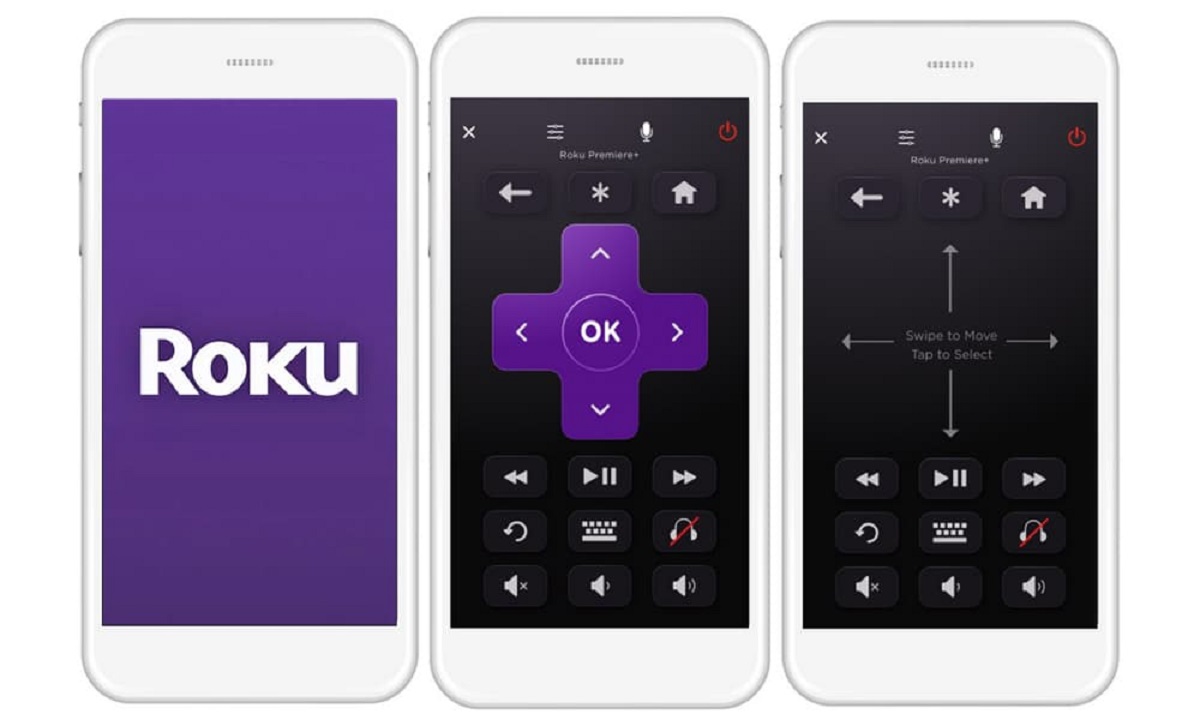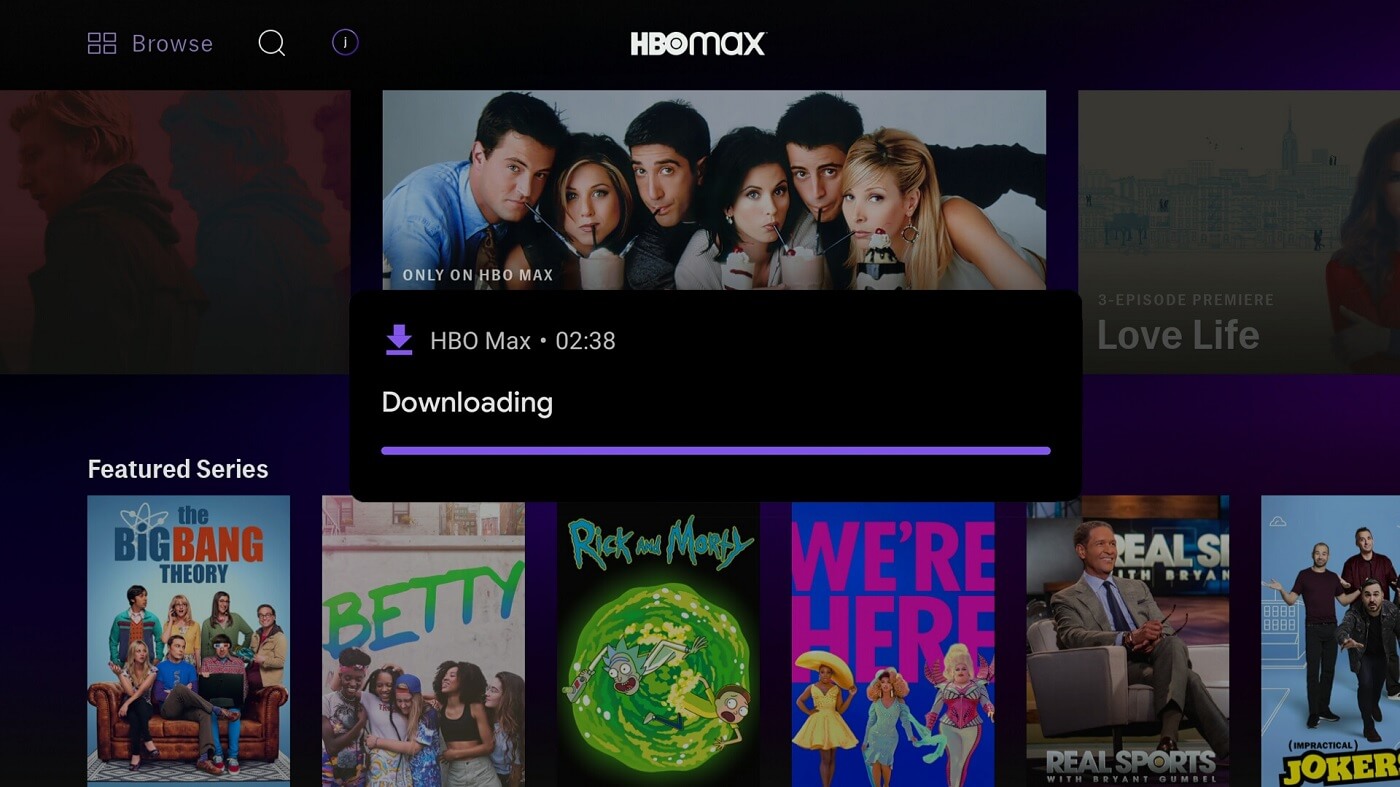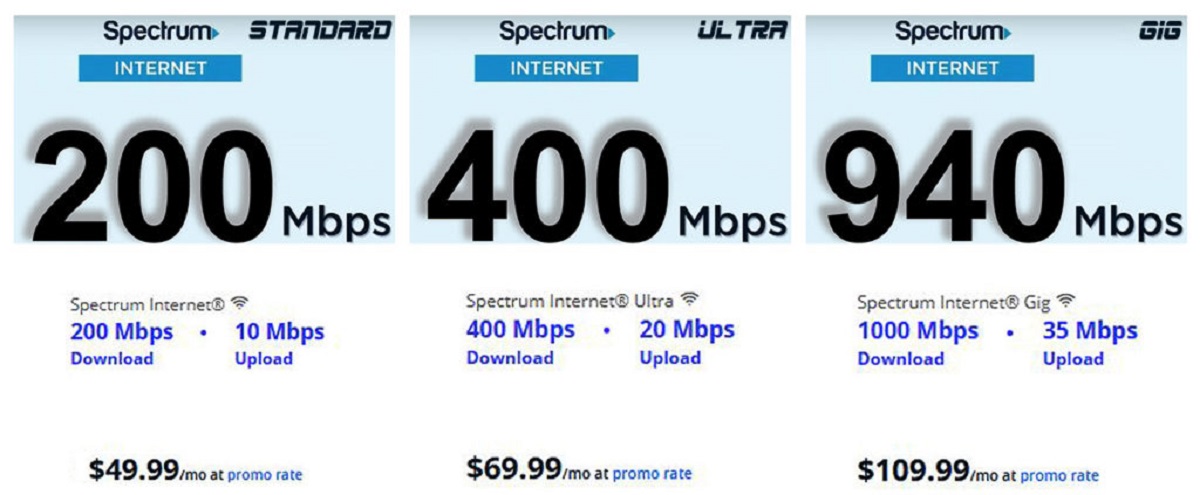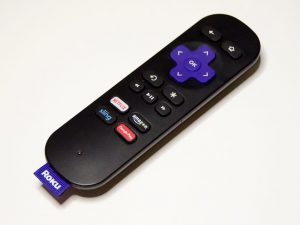Possible Reasons Why Your TV Won’t Connect to the Wi-Fi
Having trouble connecting your TV to the Wi-Fi network can be frustrating, especially when you’re eager to stream your favorite shows or access online content. There are several potential reasons why your TV may be experiencing difficulties connecting to Wi-Fi. Here are some common issues to consider:
1. Incorrect Network Credentials: Double-check that you are entering the correct Wi-Fi network name (SSID) and password. A simple typo can prevent your TV from connecting to the network.
2. Weak Wi-Fi Signal: If your TV is located far from the wireless router or in a room with thick walls, the weak signal may hinder the connection. Consider moving the router closer to your TV or using a Wi-Fi range extender to improve signal strength.
3. Network Compatibility Issues: Ensure that your TV supports the Wi-Fi spectrum and encryption used by your router. Some older TV models may not be compatible with the latest Wi-Fi standards.
4. TV Software or Firmware Update Required: Outdated software or firmware can lead to connectivity issues. Check for any available updates for your TV model and install them to ensure optimal compatibility with your Wi-Fi network.
5. Wireless Adapter or Hardware Issues: Faulty or damaged wireless adapters or other hardware components on your TV could be preventing it from connecting to Wi-Fi. Consult the manufacturer or consider contacting a professional for assistance.
6. Router Configuration Problems: Review your router settings to ensure that Wi-Fi connectivity is enabled and that there are no conflicting configurations or security settings that may be blocking your TV’s connection.
7. Interference from Other Devices: Other electronic devices operating on the same frequency as your Wi-Fi network, such as cordless phones or microwave ovens, can cause interference. Try relocating these devices or moving your TV away from them.
8. IP Address Conflict: It is possible that the IP address assigned to your TV is conflicting with another device on the network. Check your router’s configuration page and verify that each device has a unique IP address.
9. Limitation of the TV’s Wi-Fi Capabilities: Some older or budget-friendly TV models may have limited Wi-Fi capabilities, making it difficult to establish a stable and reliable connection. Consider using a wired connection or investing in a Wi-Fi adapter.
10. Network Connection Timeout Issues: If your TV fails to connect to Wi-Fi after multiple attempts, it might be experiencing connection timeout issues. Try resetting both the TV and the router and attempt to connect again.
Incorrect Network Credentials
One of the most common reasons why your TV may not be able to connect to the Wi-Fi network is due to entering incorrect network credentials. While it may seem like a simple mistake, a typo or mistake in entering the Wi-Fi network name (SSID) or password can prevent your TV from establishing a successful connection.
Here are a few steps you can take to address this issue:
1. Double-check your network name (SSID): Ensure that you are entering the correct network name for your Wi-Fi. It’s easy to get confused if you have multiple networks available, so take a moment to ensure you’re selecting the right one.
2. Verify your Wi-Fi password: Carefully input your Wi-Fi password, taking note of uppercase and lowercase letters as well as any special characters. Even a single character mistake can lead to authentication failures.
3. Reset your Wi-Fi password: If you can’t remember the correct Wi-Fi password, you may need to reset it. Access your router’s settings page and follow the instructions to reset your Wi-Fi password. Then, update the password on your TV’s network settings.
4. Ensure Wi-Fi network compatibility: Sometimes, certain TV models may be limited in terms of the Wi-Fi spectrum or encryption they support. Make sure that your TV is compatible with the wireless network you are trying to connect to.
5. Restart your TV and router: Sometimes, a simple restart can resolve connectivity issues. Turn off both your TV and router, wait for a few minutes, and then turn them back on. This can help refresh the network connection and allow your TV to reconnect successfully.
By carefully checking and entering the correct network credentials, you can significantly increase the chances of your TV connecting to the Wi-Fi network successfully. However, if the issue persists even after verifying the credentials, it might be worth exploring other potential causes for the connectivity problem.
Weak Wi-Fi Signal
Another possible reason why your TV is unable to connect to the Wi-Fi network is due to a weak Wi-Fi signal. The distance between your TV and the wireless router, as well as any physical barriers, can affect the strength of the signal reaching your TV.
Here are some steps you can take to address the issue of a weak Wi-Fi signal:
1. Ensure proximity to the router: If your TV is located far away from the wireless router, the signal strength may not be sufficient for a stable connection. Try moving your TV closer to the router to improve the signal quality.
2. Eliminate obstructions: Thick walls, furniture, and other physical barriers can disrupt the Wi-Fi signal. Rearrange nearby objects or consider relocating your router to improve signal reception in the area where your TV is placed.
3. Use a Wi-Fi range extender: If moving your TV closer to the router isn’t feasible, consider using a Wi-Fi range extender. These devices amplify the Wi-Fi signal and extend its reach, allowing for better coverage in areas where the signal is weak.
4. Optimize your router placement: Ensure that your router is placed in a central location within your home, away from other electronic devices that may cause interference. Positioning the router at an elevated height can also enhance signal distribution.
5. Update router firmware: Check if there are any available firmware updates for your router. Outdated firmware can sometimes lead to connectivity issues and updating it may improve the overall performance and range of your Wi-Fi signal.
6. Manage other devices: Limit the number of devices connected to your Wi-Fi network, especially bandwidth-intensive ones. Multiple devices using the network simultaneously can reduce the available bandwidth and impact signal strength.
By optimizing the placement of your router, removing physical obstructions, and considering range extenders, you can significantly improve the Wi-Fi signal strength and increase the chances of your TV successfully connecting to the network. If the weak signal persists, you may need to explore other potential causes for the connectivity problem.
Network Compatibility Issues
Network compatibility issues can often prevent your TV from connecting to the Wi-Fi network. It’s important to ensure that your TV supports the same Wi-Fi standards and encryption as your wireless router.
Here are a few things to consider when troubleshooting network compatibility issues:
1. Check Wi-Fi standards: Different Wi-Fi standards, such as 802.11n, 802.11ac, and 802.11ax, offer varying levels of speed and range. Verify that your TV supports the same Wi-Fi standard as your router. If not, you may need to upgrade your TV or use alternative connectivity options.
2. Confirm encryption type: Wi-Fi networks can use various encryption methods, such as WEP, WPA, or WPA2. Ensure that your TV supports the encryption method used by your router. If there is a mismatch, you may need to adjust the router’s security settings or consider updating your TV’s firmware.
3. Upgrade your router: If your TV supports newer Wi-Fi standards but your router does not, upgrading your router to a compatible model can solve network compatibility issues. Look for routers that support the latest Wi-Fi standards and offer better performance and coverage.
4. Consider using an Ethernet connection: If network compatibility issues persist, you might consider connecting your TV to the router using an Ethernet cable. This provides a direct and more stable connection without relying on Wi-Fi compatibility.
5. Consult the TV manufacturer: If you are unsure about the compatibility of your TV with your Wi-Fi network, contact the manufacturer’s support for assistance. They can provide specific guidance and suggestions based on your TV model.
By ensuring network compatibility between your TV and router, you can avoid connectivity issues and successfully connect your TV to the Wi-Fi network. In case network compatibility is not the root cause, continue exploring other potential reasons for the connection problem.
TV Software or Firmware Update Required
If your TV is experiencing difficulties connecting to the Wi-Fi network, it may be due to outdated or incompatible software or firmware. TV manufacturers often release software updates to improve performance, fix bugs, and enhance compatibility with Wi-Fi networks.
Here’s what you can do to address this issue:
1. Check for updates: Navigate to the settings menu on your TV and look for an option to check for software or firmware updates. Make sure your TV is connected to the internet, and if an update is available, follow the prompts to download and install it.
2. Manually update the firmware: If your TV doesn’t have an automated update feature, visit the manufacturer’s website and search for the latest firmware for your specific TV model. Follow the instructions provided to download the firmware onto a USB drive, then plug the USB drive into your TV and initiate the update.
3. Perform a factory reset: If the problem persists after updating the software or firmware, try performing a factory reset on your TV. This option can be found in the settings menu of your TV. Keep in mind that a factory reset will erase all your settings and preferences, so make sure to back up any important data beforehand.
4. Contact manufacturer support: If you are unsure about how to update the software or firmware on your TV, or if the issue persists despite updating, reach out to the manufacturer’s support for assistance. They can guide you through the update process or provide further troubleshooting steps.
By ensuring your TV has the latest software or firmware updates, you can address compatibility issues and potentially resolve connectivity problems. If the issue persists after updating, continue exploring other possible causes to determine the root of the problem.
Wireless Adapter or Hardware Issues
If your TV is still unable to connect to the Wi-Fi network, there may be underlying issues with the wireless adapter or other hardware components on your TV. Hardware problems can prevent your TV from establishing a stable and reliable connection.
Consider the following steps to address wireless adapter or hardware issues:
1. Check for physical damage: Inspect the wireless adapter and other hardware components of your TV for any visible signs of damage or disconnection. Ensure that all cables and connectors are securely plugged in.
2. Restart your TV and wireless adapter: A simple restart can often fix hardware-related issues. Turn off your TV and unplug the power cable from both your TV and wireless adapter. Wait for a few minutes, and then plug them back in and power them on. This can help refresh the hardware connection.
3. Reset the wireless adapter: Some TVs have an option to reset the wireless adapter. Check the TV’s user manual or the manufacturer’s website for instructions on how to perform a reset. This can help resolve any internal conflicts or configuration issues.
4. Update the TV’s firmware: Sometimes, wireless adapter issues can be resolved by updating the firmware of your TV. Check for any available firmware updates through the TV’s settings menu or the manufacturer’s website. Follow the instructions provided to download and install the update.
5. Consult manufacturer support: If the hardware issues persist, it is advisable to contact the manufacturer’s support for further assistance. They can provide guidance on potential hardware troubleshooting steps or advise on whether any repairs or replacements are needed.
By carefully examining the wireless adapter and other hardware components, restarting the TV and wireless adapter, and updating the TV’s firmware, you can often rectify wireless adapter or hardware-related issues. If the issue persists, further investigation may be necessary to identify the underlying cause of the connectivity problem.
Router Configuration Problems
Router configuration problems can sometimes be the cause of your TV’s inability to connect to the Wi-Fi network. Incorrect or conflicting settings within your router can prevent your TV from establishing a successful connection.
Consider the following steps to address router configuration problems:
1. Verify Wi-Fi network status: Ensure that the Wi-Fi functionality is enabled on your router. Check the router’s settings page or user manual for instructions on how to verify and enable Wi-Fi.
2. Check network name broadcasting: Make sure that your router is set to broadcast its SSID (network name). If SSID broadcasting is disabled, your TV may not be able to detect and connect to the network. Enable SSID broadcasting within your router’s settings.
3. Confirm security settings: Ensure that your router’s security settings match the requirements of your TV. Use the appropriate encryption method, such as WPA or WPA2, and enter the correct password. Incorrect security settings can prevent your TV from connecting to the network.
4. Adjust channel settings: Wireless routers transmit signals on various channels. If neighboring networks are operating on the same channel, it can cause interference and connectivity problems. Log into your router’s settings and try changing the Wi-Fi channel to a less congested one.
5. Reset router to default settings: If you are unsure about the router’s configuration or suspect that incorrect settings might be the problem, you can try resetting the router to its factory default settings. This will erase all custom configurations, including the Wi-Fi settings. Refer to your router’s manual for instructions on how to perform a factory reset.
6. Consult your Internet Service Provider (ISP): If you are still experiencing router configuration problems, it may be beneficial to reach out to your ISP for assistance. They can provide guidance specific to your router model and help troubleshoot any configuration issues.
By verifying Wi-Fi network status, checking network name broadcasting, confirming security settings, adjusting channel settings, and resetting the router to default settings, you can often overcome router configuration problems and establish a successful connection between your TV and Wi-Fi network. If the issue persists, consider exploring other possible causes for the connectivity problem.
Interference from Other Devices
Interference from other electronic devices operating on the same frequency range as your Wi-Fi network can disrupt the connection between your TV and the router. Cordless phones, microwave ovens, baby monitors, and other devices can emit signals that interfere with the Wi-Fi signal.
Consider the following steps to address this issue:
1. Identify potential interfering devices: Identify any electronic devices in close proximity to your TV and router that may be causing interference. Look for cordless phones, microwave ovens, wireless speakers, or baby monitors.
2. Relocate or separate interfering devices: If possible, move interfering devices away from your TV and router to minimize interference. Increasing the distance between these devices and your Wi-Fi equipment can help improve the signal strength.
3. Change Wi-Fi channel: Log into your router’s settings and try changing the Wi-Fi channel to one that is less congested. This can help avoid interference from neighboring networks or devices operating on the same frequency.
4. Upgrade to a dual-band router: Consider upgrading to a dual-band router that supports both 2.4GHz and 5GHz frequency bands. This can provide you with more options to avoid interference as you can connect your TV to the less crowded 5GHz band.
5. Use wired connections: If interference remains a persistent issue, consider using wired connections instead of relying on Wi-Fi. An Ethernet cable connected directly between your TV and router can provide a stable and interference-free connection.
6. Invest in Wi-Fi extenders or access points: Wi-Fi extenders or access points can help extend the range of your Wi-Fi network and provide better coverage, reducing the impact of nearby interference.
By identifying and relocating or separating interfering devices, changing the Wi-Fi channel, upgrading to a dual-band router, using wired connections, or investing in Wi-Fi extenders or access points, you can mitigate the interference and improve your TV’s connection to the Wi-Fi network. If the interference issues persist, consider exploring other potential causes of the connectivity problem.
IP Address Conflict
An IP address conflict can occur when two or more devices on the same network are assigned the same IP address. This conflict can prevent your TV from connecting to the Wi-Fi network and result in connectivity issues.
Consider the following steps to address an IP address conflict:
1. Check for IP address conflicts: Access your router’s configuration page and look for a list of connected devices. Ensure that no other devices have the same IP address as your TV. If there is a conflict, you will need to resolve it to establish a successful connection.
2. Renew IP addresses: On your TV, navigate to the network settings and attempt to renew the IP address. This process will prompt your TV to request a new IP address from the router, potentially resolving any conflicts.
3. Assign a static IP address: To avoid future IP address conflicts, consider assigning a static IP address to your TV. This ensures that the TV always receives the same IP address and eliminates the possibility of conflicts caused by dynamic IP allocation.
4. Disable DHCP on other devices: If you have other devices on your network that are using static IP addresses, ensure they are not conflicting with the assigned DHCP range. Adjust the DHCP range on your router so that it does not overlap with the static IP addresses of other devices.
5. Restart the router: If the IP address conflict persists, try restarting your router. This can sometimes resolve conflicts caused by temporary glitches or inconsistencies in the network configuration.
By checking for IP address conflicts, renewing IP addresses, assigning static IP addresses, disabling DHCP on other devices, or restarting the router, you can resolve IP address conflict issues and facilitate a successful connection between your TV and the Wi-Fi network. If the issue persists, further investigation may be needed to identify the underlying cause of the connectivity problem.
Limitation of the TV’s Wi-Fi Capabilities
Some older or budget-friendly TV models may have limited Wi-Fi capabilities, which can hinder their ability to establish a stable and reliable connection to the Wi-Fi network. These limitations can arise from hardware constraints or lack of support for newer Wi-Fi standards.
Here are a few considerations to address the limitations of your TV’s Wi-Fi capabilities:
1. Check the TV’s specifications: Review the specifications of your TV model to understand its Wi-Fi capabilities. Look for information about the Wi-Fi frequency standards (2.4GHz or 5GHz), wireless protocols (802.11n, 802.11ac, etc.), and supported encryption methods.
2. Upgrade your TV’s firmware: Sometimes, manufacturers release firmware updates that can improve the Wi-Fi performance of their TVs. Check for any available firmware updates for your model and install them to optimize the TV’s Wi-Fi functionality.
3. Consider wired connections: If your TV’s Wi-Fi capabilities are limited or unreliable, using a wired connection to your router can provide a more stable and faster connection. Connect your TV to the router using an Ethernet cable to bypass any Wi-Fi limitations.
4. Use a Wi-Fi adapter: In some cases, you can enhance your TV’s Wi-Fi capabilities by using a compatible Wi-Fi adapter. These adapters can be connected to the TV’s USB or HDMI port, providing an improved Wi-Fi connection.
5. Upgrade your TV: If the limitations of your TV’s Wi-Fi capabilities persist and hinder your desired usage, you may consider upgrading to a newer model with more advanced Wi-Fi features. Newer TVs often have enhanced Wi-Fi capabilities and support the latest wireless standards.
By understanding the limitations of your TV’s Wi-Fi capabilities, upgrading the firmware, considering wired connections, using Wi-Fi adapters, or ultimately upgrading to a new TV model, you can work around the limitations and improve the chances of establishing a successful Wi-Fi connection. If the limitations remain a significant hurdle, exploring alternative connectivity options may be necessary.
Network Connection Timeout Issues
If your TV fails to connect to the Wi-Fi network after multiple attempts, it could be experiencing network connection timeout issues. This means that the connection process is taking too long, resulting in a failure to establish a connection within a certain timeframe.
Consider the following steps to address network connection timeout issues:
1. Restart your TV and router: Begin by restarting both your TV and router to refresh the network connection. Power off both devices, wait for a few minutes, and then power them back on. This can help resolve any temporary glitches causing the connection timeout.
2. Move closer to the router: If your TV is located far away from the router, the distance might be causing poor signal strength and leading to connection timeouts. Try moving closer to the router to improve the signal quality and increase the chances of a successful connection.
3. Reset network settings on your TV: Access the network settings on your TV and look for an option to reset the network settings. This will remove any stored Wi-Fi network information and allow you to set up a fresh connection with your router.
4. Reduce network congestion: Limit the number of devices connected to your Wi-Fi network to minimize congestion. Disconnect any unnecessary devices or pause downloads/uploads on devices that are not in use. This can free up network bandwidth and reduce connection timeouts.
5. Update router firmware: Outdated router firmware can sometimes cause connection timeouts. Check for any available firmware updates for your router and install them according to the manufacturer’s instructions. Updated firmware can improve network stability and reliability.
6. Contact your Internet Service Provider (ISP): If the network connection timeouts persist, it may be worth reaching out to your ISP to ensure there are no network issues on their end. They may be able to troubleshoot the problem or provide further guidance specific to your network setup.
By restarting your TV and router, moving closer to the router, resetting network settings, reducing network congestion, updating router firmware, or seeking assistance from your ISP, you can address network connection timeout issues and increase the likelihood of successfully connecting your TV to the Wi-Fi network. If the issue continues, further troubleshooting may be needed to identify the root cause of the problem.
Conclusion
Having your TV unable to connect to the Wi-Fi network can be frustrating, but there are several potential reasons behind this issue. By understanding and troubleshooting these possibilities, you can increase the chances of resolving the connectivity problem and enjoying seamless streaming and online content access.
In this article, we explored various reasons why your TV might not be able to connect to the Wi-Fi network. These include incorrect network credentials, weak Wi-Fi signals, network compatibility issues, the need for TV software or firmware updates, wireless adapter or hardware problems, router configuration problems, interference from other devices, IP address conflicts, limitations of the TV’s Wi-Fi capabilities, and network connection timeout issues.
Addressing these issues involves a range of steps. These can include checking network credentials, optimizing Wi-Fi signal strength, ensuring network compatibility, updating TV software or firmware, resolving hardware issues, configuring routers correctly, managing interference, resolving IP address conflicts, considering TV Wi-Fi limitations, and addressing network connection timeouts.
Remember to consult the manufacturer’s support documentation or contact their customer support for specific guidance on troubleshooting your TV model. Additionally, if necessary, reach out to your Internet Service Provider (ISP) for assistance with network-related issues.
By following the steps outlined in this article, you can overcome common Wi-Fi connectivity problems and enjoy uninterrupted access to your favorite online content on your TV. Happy streaming!







